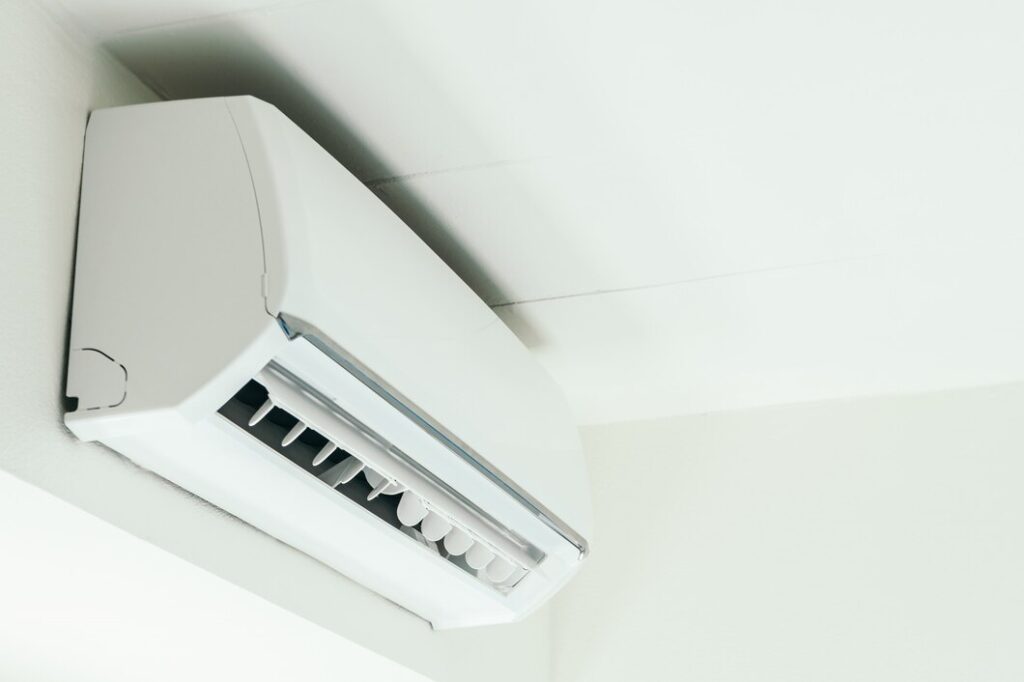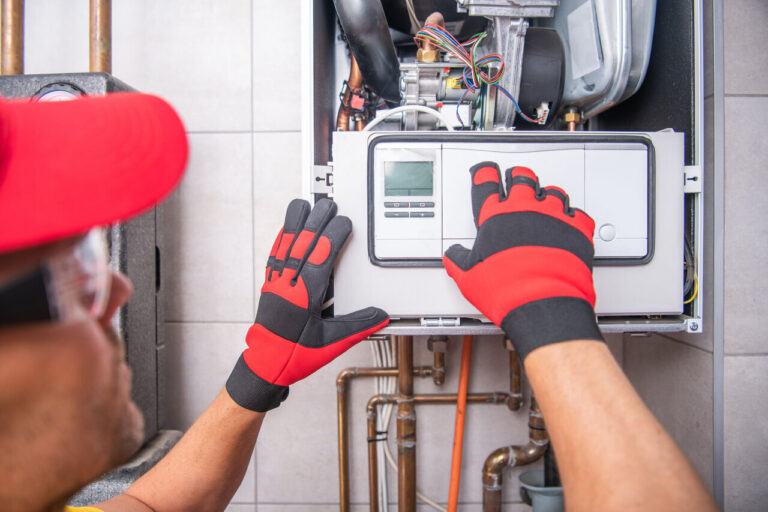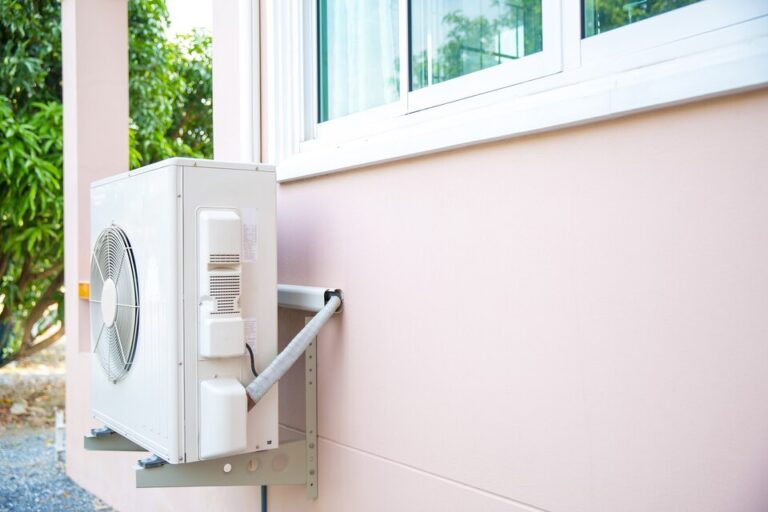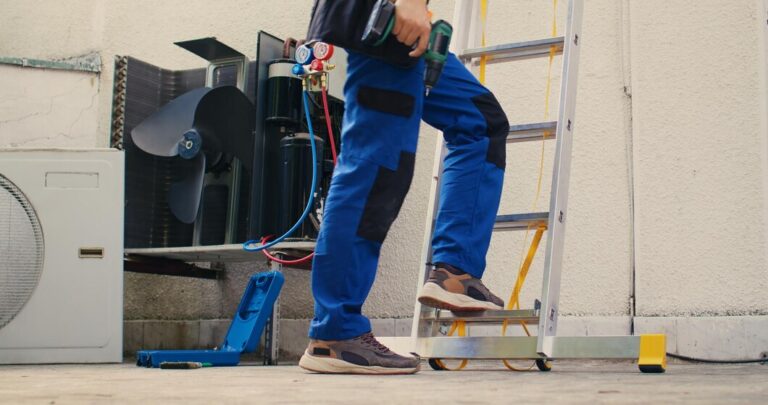Ductless air conditioning systems offer an efficient and versatile solution for heating and cooling your home. Unlike traditional systems that require extensive ductwork, ductless systems are designed to provide direct, zoned comfort with minimal installation hassle. This makes them an excellent choice for both new constructions and retrofitting older homes.
What is Ductless Air Conditioning?
Ductless air conditioning, also known as mini split air conditioning, is a type of HVAC system that does not require ductwork to deliver cooled air. Instead, it consists of an outdoor compressor unit and one or more indoor air-handling units. These units are connected by refrigerant lines and electrical wiring, which allows for a more flexible installation process compared to traditional ducted systems.
The primary benefit of ductless air conditioning is its ability to provide targeted cooling to specific areas or rooms in your home. Each indoor unit can be independently controlled, allowing you to customize temperatures based on individual preferences. This system is particularly useful for homes without existing ductwork, new additions, or areas that are challenging to cool effectively with a centralized system. Ductless systems are also highly energy-efficient, helping to reduce utility costs while maintaining a comfortable indoor environment.
Key Components of a Ductless System
A ductless air conditioning system is composed of several key components that work together to provide efficient cooling. Here’s a breakdown of the essential parts:
- Outdoor Unit: The outdoor unit contains the compressor and condenser coils. It is responsible for compressing and circulating the refrigerant through the system. The outdoor unit connects to the indoor units via refrigerant lines and electrical wiring.
- Indoor Units: Also known as air handlers, these units are installed inside the rooms you want to cool. They contain evaporator coils and a fan to distribute the cooled air. Indoor units can be mounted on walls, ceilings, or floors, depending on the installation requirements and aesthetic preferences.
- Refrigerant Lines: These lines connect the outdoor unit to the indoor units. They carry the refrigerant, which is essential for the cooling process. The lines are typically small and flexible, making them easy to route through walls and other structures.
- Remote Controls: Each indoor unit usually comes with a remote control, allowing you to adjust the temperature and fan speed. Some advanced systems also offer smartphone connectivity for even greater convenience.
- Drain Lines: These lines remove the condensate produced by the evaporator coils. Proper drainage is crucial to prevent water damage and maintain system efficiency.
Understanding these components can help you appreciate how a ductless system operates and why it might be a suitable option for your home. Whether you’re looking to cool a single room or multiple areas, ductless air conditioning offers a versatile and efficient solution.
Advantages of Ductless Air Conditioning Systems
Ductless air conditioning systems offer several advantages that make them an appealing choice for many homeowners. One of the most significant benefits is their flexibility. These systems can be installed in various locations, such as on walls, ceilings, or floors, and they don’t require extensive ductwork. This makes them ideal for new additions, renovated spaces, or areas without existing ductwork.
Energy efficiency is another key advantage of ductless air conditioning systems. By allowing you to control the temperature of individual rooms, these systems help reduce energy consumption. You won’t need to cool or heat unused areas, thereby lowering your energy bills. Additionally, ductless systems use inverter technology, which adjusts the compressor speed based on cooling demand, further enhancing their efficiency.
Another benefit is improved indoor air quality. Traditional air duct systems can accumulate dust, mold, and other allergens over time, requiring regular air duct cleaning. With a ductless system, the absence of ducts means there are fewer places for these contaminants to collect, resulting in cleaner air. The advanced filtration systems in ductless units can also trap allergens and impurities, ensuring a healthier indoor environment.
Maintaining Your Ductless Air Conditioning System
Proper maintenance is crucial for ensuring the longevity and efficiency of your ductless air conditioning system. Regular maintenance helps prevent issues before they become major problems. Here are some steps you can take to maintain your system:
- Air Filter Replacement: One of the most important maintenance tasks is replacing the air filters. Clean filters improve airflow and enhance system efficiency. Depending on the manufacturer’s instructions, you should replace or clean the filters every one to three months.
- Inspecting and Cleaning the Outdoor Unit: Ensure the outdoor unit is free from debris, such as leaves and dirt. Regular inspection and cleaning help maintain optimal performance. Check the area around the outdoor unit and remove any obstructions that might block airflow.
- Checking Refrigerant Lines: Periodically inspect the refrigerant lines for any signs of wear or damage. Well-maintained refrigerant lines are crucial for efficient cooling and heating.
- Scheduling Professional Maintenance: Our professionals recommend scheduling regular maintenance check-ups. Our technicians can thoroughly inspect the system, clean components, and perform any necessary repairs or adjustments.
- Monitoring Performance: Keep an eye on the system’s performance. If you notice any decrease in cooling efficiency, strange noises, or unusual odors, it’s important to contact our professionals immediately.
Conclusion
Ductless air conditioning systems provide a versatile, energy-efficient solution for maintaining a comfortable home environment. Understanding what a ductless system is, its key components, the advantages it offers, and how to maintain it are all important steps in making the most of this technology.
Maintaining your ductless system, including tasks like air filter replacement and outdoor unit cleaning, ensures it operates efficiently and lasts longer. These steps also contribute to improved air quality and reduced energy consumption.
For professional maintenance or if you’re considering a ductless AC installation in Fort Worth, TX, contact NSG Heating and Air Specialists, LLC. Our technicians are equipped to provide top-notch service, ensuring your home remains comfortable throughout the year. Reach out to us today to schedule an appointment and keep your HVAC system in optimal condition.





